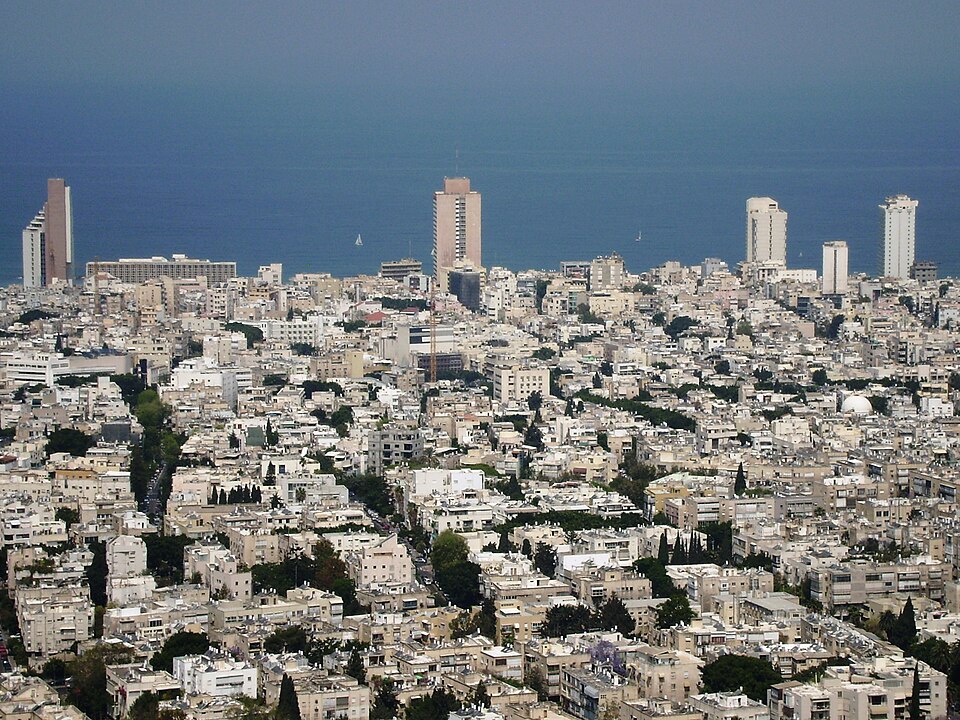

Curated experiences in תל אביב–יפו

Trumpeldor Cemetery (Hebrew: בית הקברות טרומפלדור), often referred to as the "Old Cemetery," is a historic cemetery on Trumpeldor Street …

The Suzanne Dellal Centre for Dance and Theatre (Hebrew: מרכז סוזן דלל למחול ולתיאטרון) is a centre for dance in …

The Etzel House (Hebrew: בית אצ"ל), commonly known as Beit Gidi (Hebrew: בית גידי, romanized: Gidi House), is a museum …

The Ilana Goor Museum, or the Ilana Goor Residence and Museum (Hebrew: מוזיאון אילנה גור), is an Israeli museum situated …

Yarkon Park (Hebrew: פארק הירקון, Park HaYarkon) is a park in Tel Aviv, Israel, with about sixteen million visits annually. …

The Palmach Museum (Hebrew: מוזיאון הפלמ"ח) is a museum located in Ramat Aviv, Israel dedicated to the Palmach, the strike-force …

The Ben-Gurion House is a historic house museum in Tel Aviv, which served as the family home of pre-State Zionist …


Sarona Market (Hebrew: שרונה מרקט) is the largest enclosed culinary market in Israel, located at the southern edge of the …

Azrieli Center (Hebrew: מֶרְכָּז עַזְרִיאֵלִי; Merkaz Azrieli) is a complex of three skyscrapers in Tel Aviv. At the base of …

Habima Square (Hebrew: כיכר הבימה, lit. The Stage's Square, also known as The Orchestra Plaza) is a major public space …

Independence Park (Hebrew: גן העצמאות), is a park in Tel Aviv, Israel located along the coast and contains the Hilton …

Charles Clore Park (Hebrew: פארק צ'ארלס קלור, Park Charles Clore) is a beachfront park in southwestern Tel Aviv, Israel, covering …


Neve Tzedek (Hebrew: נְוֵה צֶדֶק, נווה צדק, lit. Oasis of Justice) is a neighborhood in southwestern Tel Aviv, Israel. It …

Carmel Market (Hebrew: שוק הכרמל, Shuk HaCarmel) is an outdoor marketplace in Tel Aviv, Israel.

The Yitzhak Rabin Center is a library and research center in Tel Aviv, Israel, built in memory of assassinated Israeli …

The Eretz Israel Museum (also known as Muza) is a historical and archaeological museum in the Ramat Aviv neighborhood of …

The Tel Aviv Museum of Art (Hebrew: מוּזֵאוֹן תֵּל אָבִיב לְאֻמָּנוּת, romanized: Muzēʾon Tēl ʾĀvīv Ləʾommānuṯ; Arabic: مَتْحَف تَلّ أَبِيب …
Create a personalized itinerary and unlock the finest experiences תל אביב–יפו has to offer
Plan Your Trip